How to care for a hydrangea indoors – expert tips for these beautiful bloomers
Hydrangeas aren't just for backyards – here's how to keep them looking gorgeous in your home, too
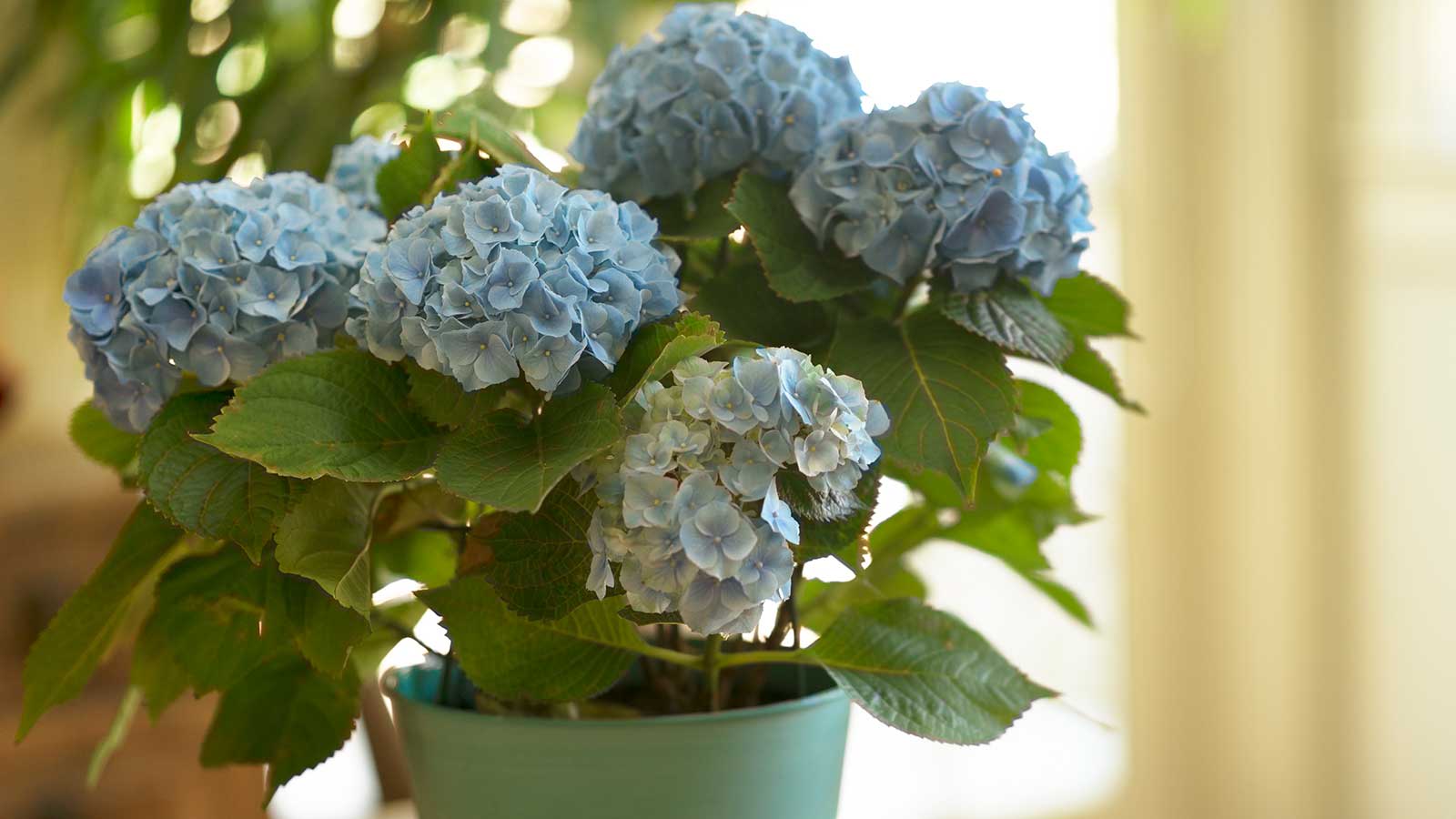

Q: I love hydrangeas and have a few in my yard, both in flowerbeds and in containers on the patio. Is it possible to grow them as indoor plants, too?
A: 'Indoor' hydrangeas, sometimes referred to as 'florist' or 'gift' hydrangeas, are bred to grow and bloom indoors and are less hardy than landscape hydrangeas, says Jessica Mercer of Plant Addicts. They are available in many box stores and grocery stores in the spring, she continues, and often come with generic labels excluding the cultivar name and detailed planting instructions.
'These plants can be grown successfully indoors for the summer, but are challenging to maintain longer than that,' Jessica says. However, they are a lovely way to brighten your interior for a few months, especially if you stick to the following advice when caring for them.
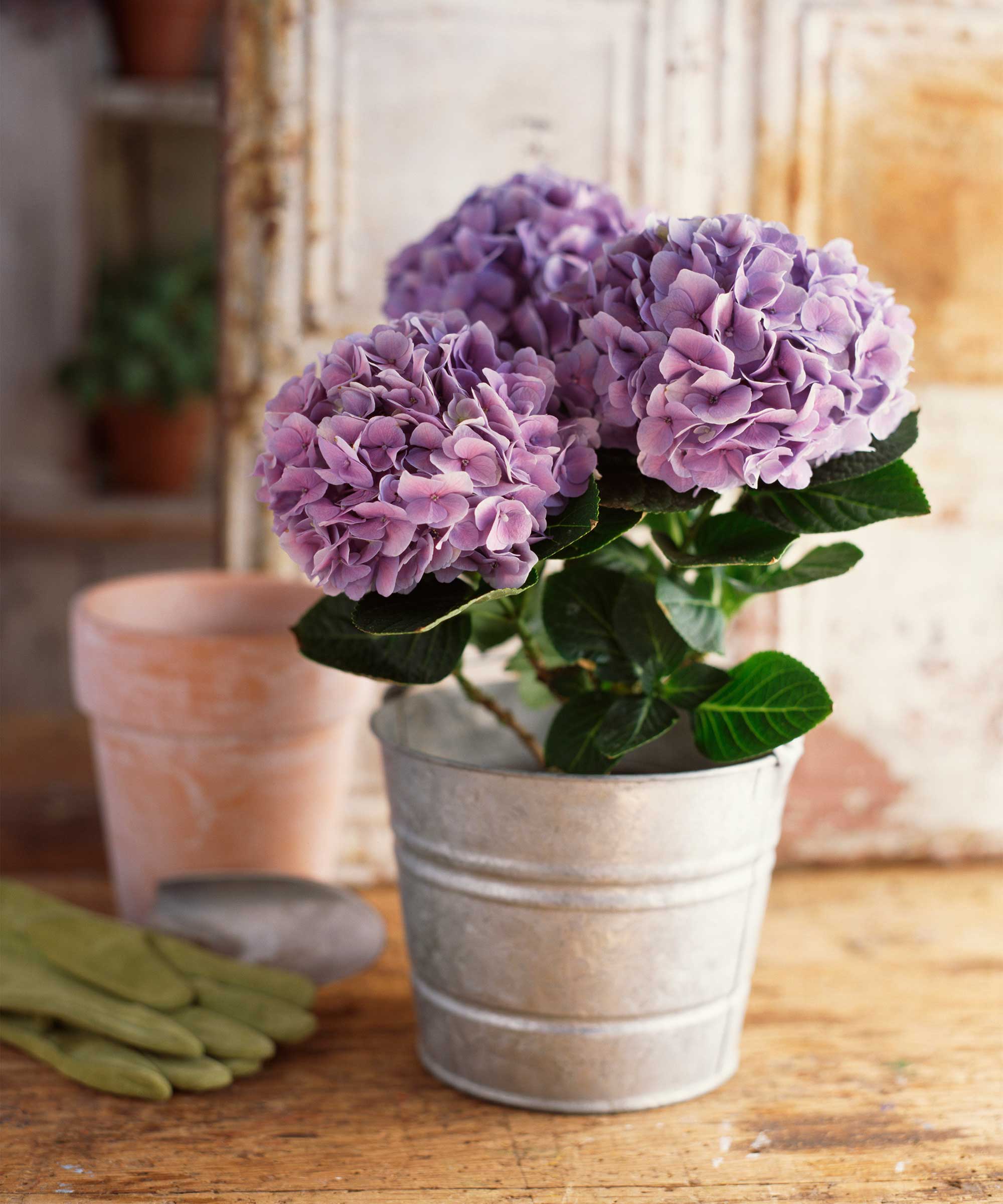
Hydrangeas bring a splash of color to a room
How to care for hydrangeas indoors, according to plant experts
While hydrangeas aren't the most traditional flowering houseplant, their big, blousy blooms make them a pretty addition to any space.
1. Water them regularly

Keep these flowering shrubs hydrated
Once you've bought your hydrangea home, Jessica says the first step is to remove any foil or plastic wrapping from the plant and check to see if the pot has drainage holes. 'If it does not, repot the plant in a container with bottom drainage, using high-quality potting soil or compost. The pot should be a few inches wider than the rootball.'
When it comes to watering these indoor plants, Amy Enfield of ScottsMiracle-Gro recommends hydrating your hydrangea thoroughly whenever the top one to two inches of soil are dry. The flowers will begin to droop when your plant needs a drink, she notes.
Once flowers appear, Jessica recommends fertilizing your hydrangea every week or two with a dilute liquid feed as part of a watering session. 'Once the blooms fade, decrease feedings to once a month until fall.'
Speaking of moisture, these plants like high humidity, as Julia Omelchenko from Plantum points out. She recommends misting the leaves daily, using soft, warm water, avoiding the flowers. 'Other than misting, you can place an air humidifier near the plant and run it for a few hours daily,' she adds. She also underlines the importance of protecting these plants from central heating, as this dries out the air around them and can damage the leaves.
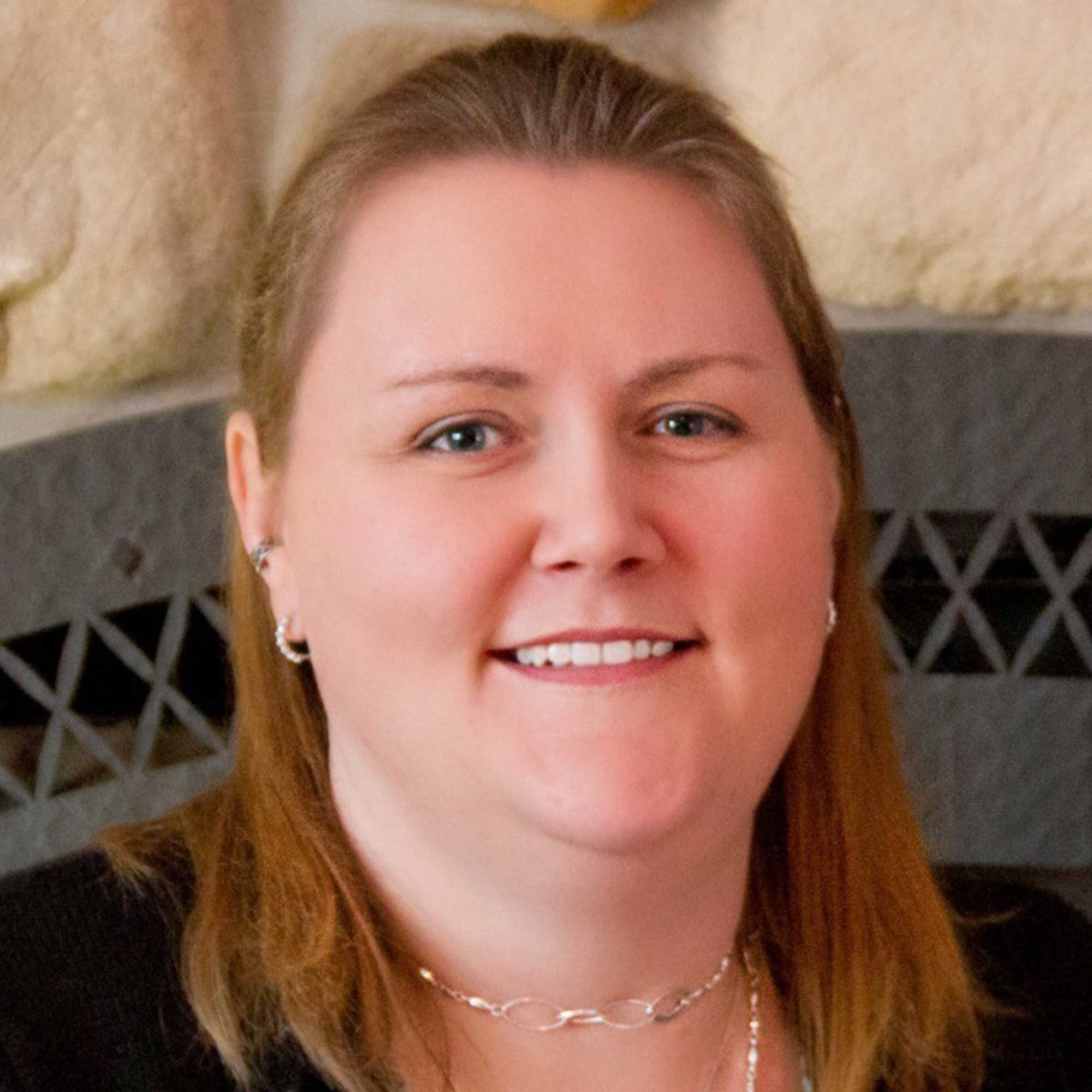
Amy has over 25 years of experience in the lawn and garden industry and has been with ScottsMiracle-Gro for 11 years. She has a BS and MS in Horticulture from Michigan State University and a PhD in Plant and Environmental Sciences from Clemson University.

Julia Omelchenko is a professional botany expert for the Plantum app that helps users identify plant species, diagnose their conditions, and get specific care advice. She has four years of experience consulting on botany-related topics for Plantum (formerly NatureID). Her areas of specialization include phytopathology, plant physiology, and plant biochemistry.
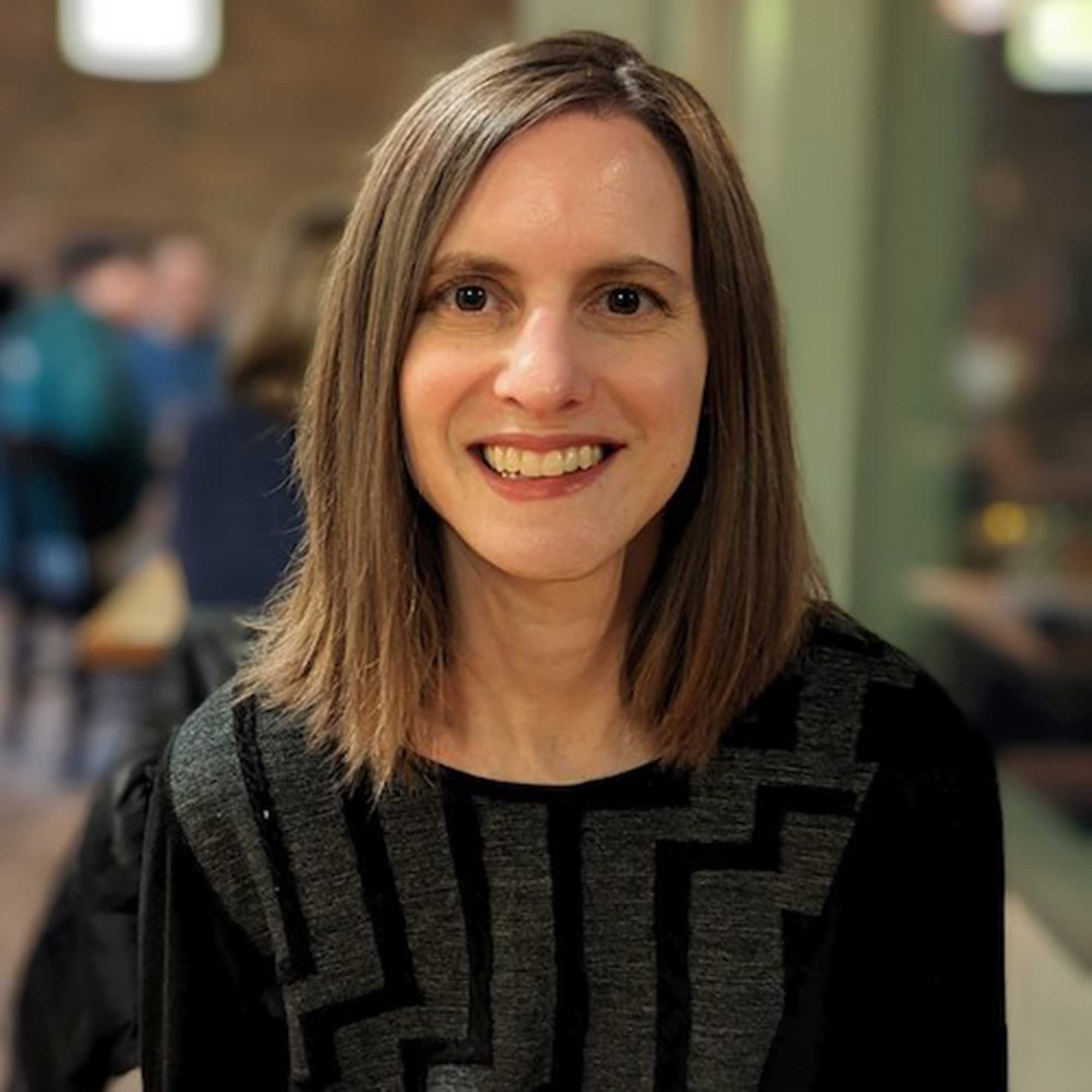
Jessica Mercer, PhD, is the senior content marketing coordinator for Plant Addicts. As a plant collector, Jessica enjoys growing many different plants and learning about the best culture practices for each. Writing for Plant Addicts is a real joy for her, as she can use her science background to research interesting plant topics.
2. Provide bright but indirect light
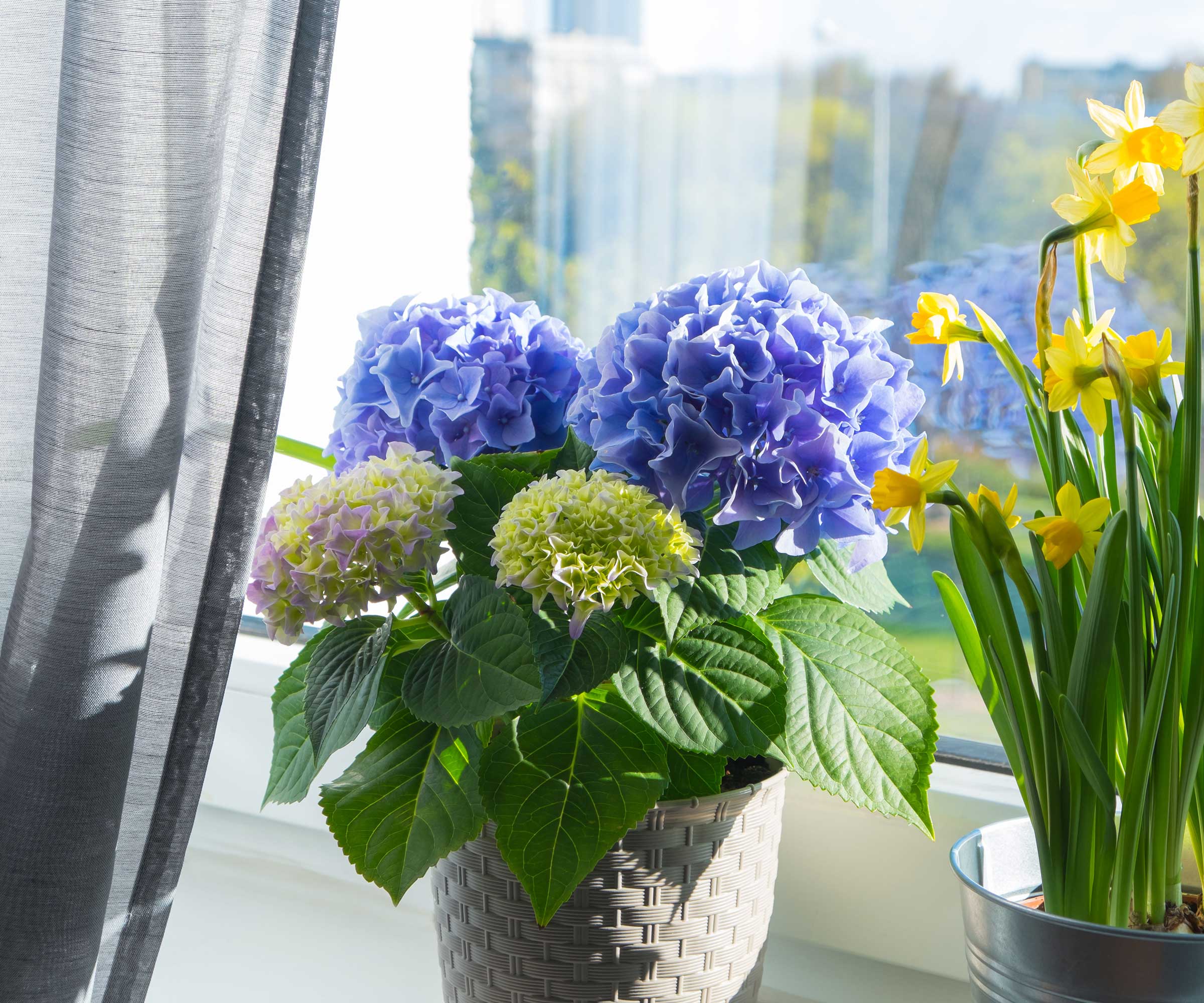
Direct sunlight can damage hydrangea leaves
Amy says, 'Outdoors, hydrangeas are known for being lovers of partial shade; however, indoors they need bright, indirect sunlight to thrive.' Direct sunlight can burn both the flowers and leaves, she warns.
Jessica recommends setting the plant back a few feet from a southern window, so the light is less intense but continuous. Alternatively, you can use sheer curtains to diffuse the light if necessary, points out Kayla Gajdascz, the owner of Mental Houseplants. On the other hand, if natural light isn't sufficient, she recommends using a grow light. We like the look of this LED light from Sansi at Amazon, which clips directly onto plant pots and includes a timer.
You'll also need to keep an eye on the temperature around your indoor hydrangea. Kayla recommends maintaining it between 60–70° Fahrenheit.
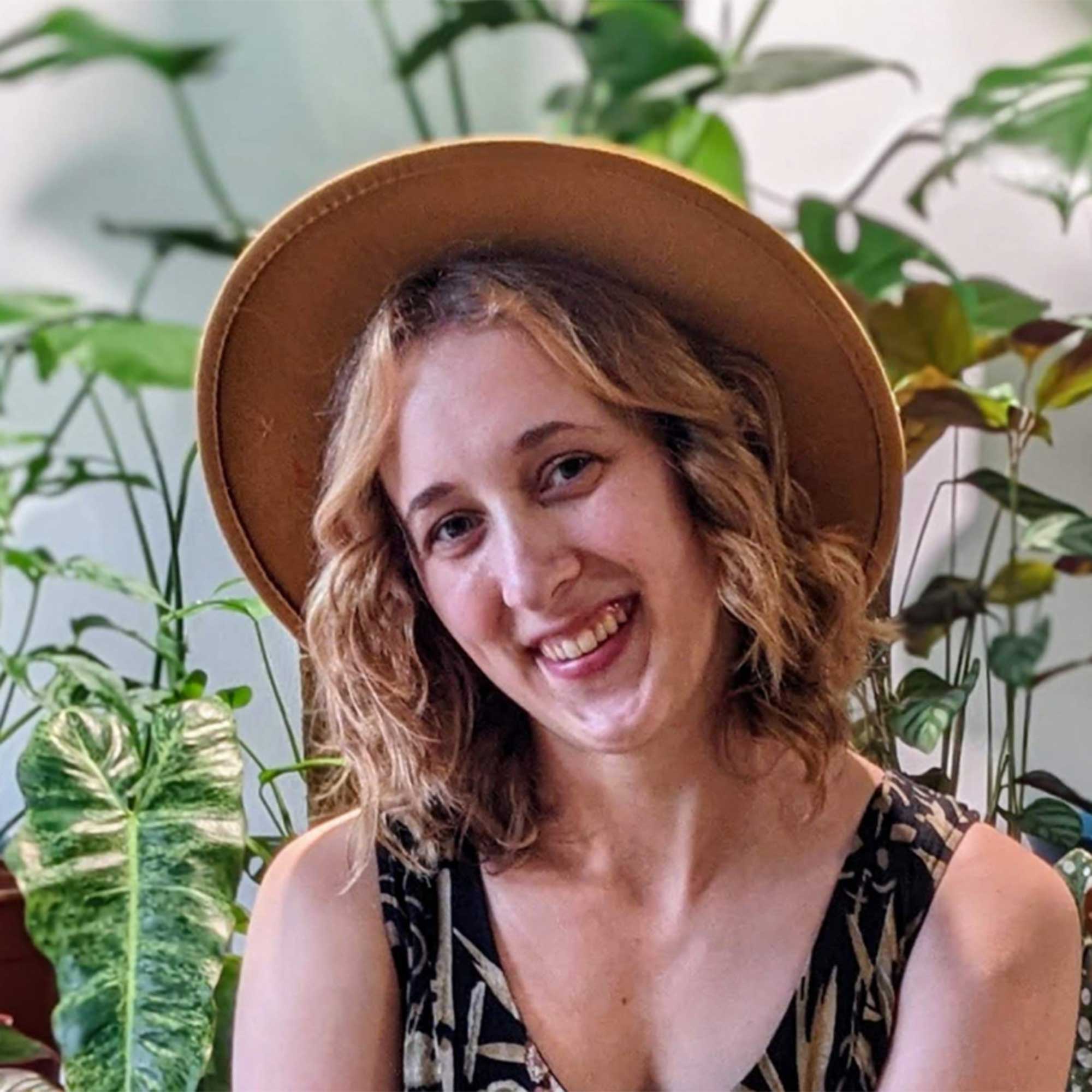
Kayla is the owner and co-founder of Mental Houseplants, an online plant retailer that sells a unique selection of houseplants to promote mental health awareness that is complemented by expert care tips and resources. Mental Houseplants further strengthens mental health support by partnering with and donating to the National Alliance on Mental Illness with each sale.
3. Prune when needed

Trim off spent flowers to improve your plant's appearance
Indoor hydrangeas don't require extensive pruning to grow well, Jessica says. However, she notes that faded blooms may become unsightly, and can be snipped off with a pair of pruning shears or garden scissors.
Need a tool for the job? The Fiskars bypass pruners from Amazon are very well-rated and will come in handy for pruning succulents and other indoor plants, too. Don't forget to ensure your shears are sharp and clean before you make your cuts, to prevent damaging the plants.
FAQs
What pests can indoor hydrangeas suffer from?
Amy recommends keeping an eye out for common indoor plant pests such as aphids, spider mites, and mealybugs. 'Inspect your hydrangea regularly for signs of infestation, like yellowing leaves, sticky residue or webbing. If pests are present, treat them promptly with insecticidal soap, following the instructions on the product label.'
Bonide's insecticidal soap, available from Amazon, is a popular pick.
How long will an indoor hydrangea last for?
Jessica says indoor hydrangeas typically struggle at the end of the summer season, and that many people discard them at this point, like poinsettias.
'However, they can be overwintered successfully if given a period of cold dormancy,' she points out. 'Helping them go dormant is tricky because florist hydrangeas are typically only hardy down to zone 7 or 8. They need to be exposed to cold temperatures, but not too cold.
'Ideally, they should be stored in a frost-free space with temperatures around 45º Fahrenheit,' she says. 'In climates with mild winters, they can be planted in the ground outdoors. Reduce watering frequency during the dormancy period, providing just enough water so the soil does not completely dry out. When temperatures begin to rise in the spring, move the plant to a warmer space and increase the frequency of watering.'
If you are looking for more houseplants to grace your home with blooms, consider learning how to care for African violets or orchids, too.
Sign up to the Homes & Gardens newsletter
Design expertise in your inbox – from inspiring decorating ideas and beautiful celebrity homes to practical gardening advice and shopping round-ups.

Holly started writing about gardening five years ago, and she is a regular contributor to Homes & Gardens. She has also written many gardening features for Woman & Home and Real Homes, too. She has previous experience as a professional gardener, where she helped to plant and maintain private gardens. Holly has also looked after allotment plots over the years and loves to grow her own flowers and veggies from seed. In her spare time, she enjoys visiting local gardens, botanical drawing, and tending to her ever-growing collection of houseplants.
-
 I put the Echo DPE-2100 lawn edger to the test, and was impressed with how it handled my tough grass and corner lot
I put the Echo DPE-2100 lawn edger to the test, and was impressed with how it handled my tough grass and corner lotThis battery-powered edger was better than I expected at keeping my yard neatly trimmed
By Jason Cockerham
-
 I tried using a paper towel holder to organize trash bags – it’s a sleek and space-saving solution that will transform cramped storage spots
I tried using a paper towel holder to organize trash bags – it’s a sleek and space-saving solution that will transform cramped storage spotsIt makes changing liners around the house so much easier
By Eve Smallman